Posture is characterized by measuring the angular relationship between various body links and a fixed frame of reference, usually another intuitive major body segment. The unit of measurement is primarily degrees of the angle, but sometimes descriptive terms are used, i.e. “bent 1/2 of way.” Identifying the duration of the specific postures is also important.
Posture can be measured precisely using video and software-based methods. However, for most practical purposes, visual estimates in a broad, intuitive range is sufficient. Simple checklists can be used and/or the posture estimates converted to a scoring system.
The following are standard demarcations between different postures. Motions and positions held within ±15°–20° of the optimal position are generally acceptable. Human performance deteriorates with the increase in angle, probably exponentially.
Lower back
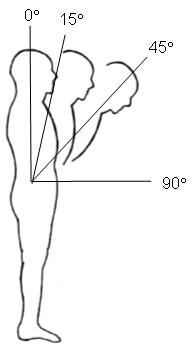 |
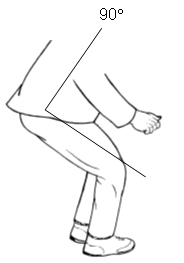 |
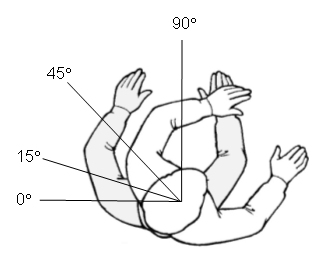 |
| Bending: Angle of torso relative to the upper legs Applies equally to lateral and backward bending |
Twisting: Angle of shoulders relative to the hips |
|
Neck
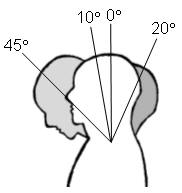 |
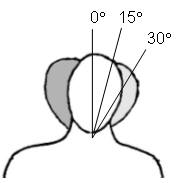 |
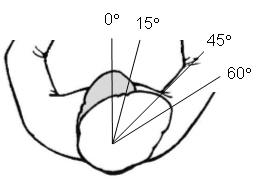 |
| Bending: Angle of head relative to torso Applies equally to lateral and backward bending |
Twisting: Angle of head relative to shoulders |
|
Arm
 |
 |
| Raising arms Angle of upper arm to torso |
Lateral arm orientation Also angle of upper arm to torso Optimal arm position is 15°, not 0° |
Wrist and hand
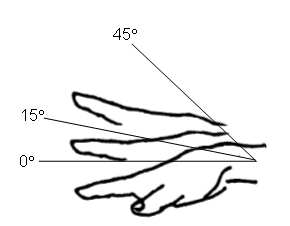 |
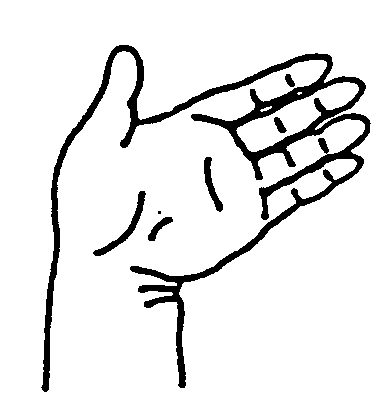 |
| Bending Angle of hand relative to the forearm Applies to any direction |
“Ulnar” bend (Common concern) Away from thumb, towards ulnar forearm bone |
